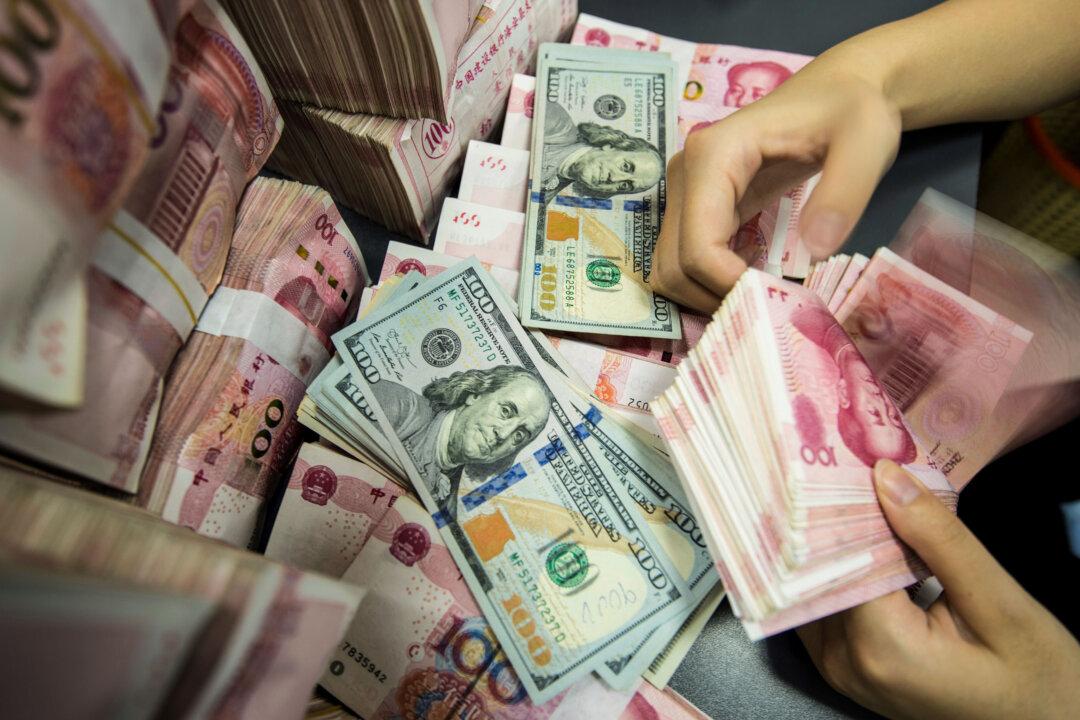Chinese currency slipped to a new 16-month low on Jan. 10, despite the efforts of China’s central bank to ease investor worries over the threat of U.S. tariff hikes under the incoming Trump administration.
China’s yuan, or renminbi (RMB), initially rose slightly on Jan. 10 after the central bank, the People’s Bank of China, said it would suspend Treasury bond purchases, triggering a jump in bond yields. Hours later, the Chinese yuan’s exchange rate against the U.S. dollar fell to 7.3324, the weakest since September 2023, slipping from 7.3301 per U.S. dollar on Jan. 6, which was a 16-month low.




